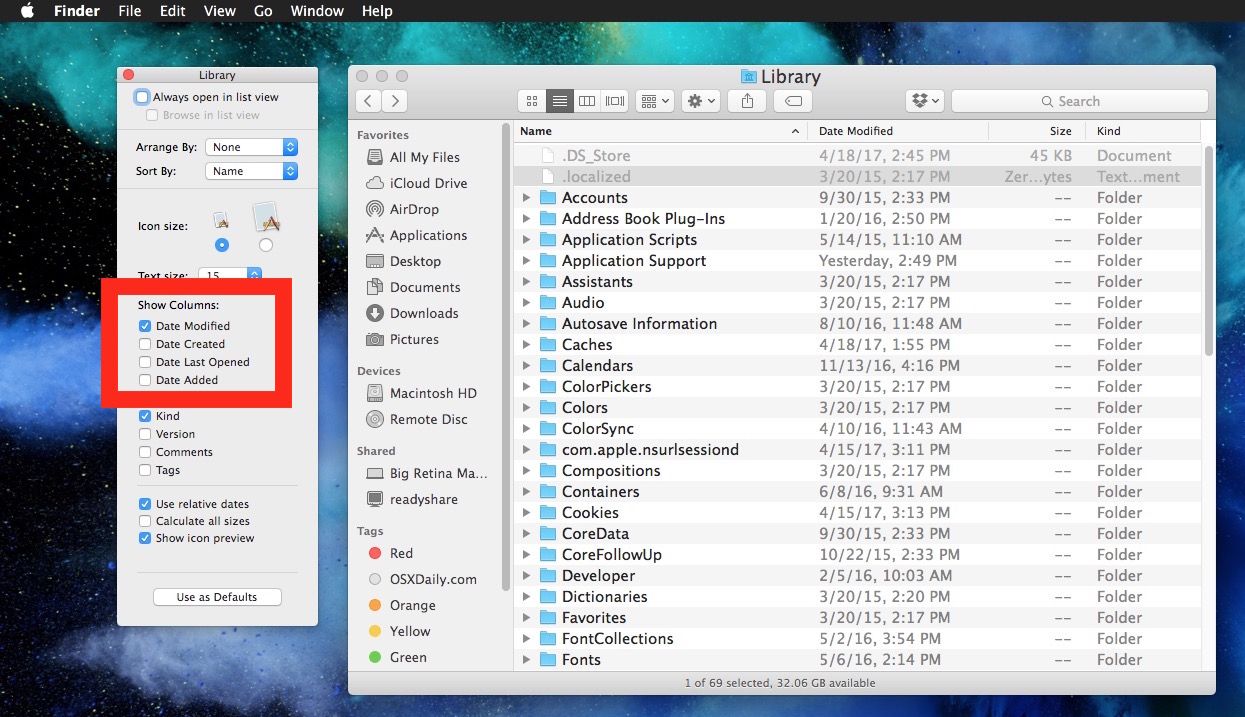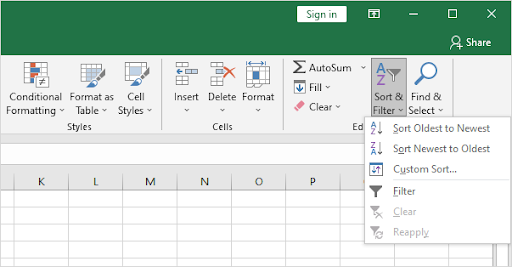
Then hit enter.Īll of the information you entered should now be the same for all of the photos you had selected. 3 In the Info window, click in the title or description field (or both), and enter in the information you want to be attributed to all of the selected images. Now all photos you want to select are highlighted with a blue border. If multiple photos are all next to each other, a faster way is to click on the first photo, and then hold down shift and then click the last photo of the group which “bookends” all of the photos together. 2 Select two or more photos in Photos by selecting the first photo, and then hold down the command ⌘ key and click one or more additional photos. Press command ⌘ + I or click “Window” in the top menu bar and choose “Info”. Instructions: 1 Bring up the Info window that shows you the information (metadata) for each photo. But, at least it's actually quite easy to do once you're familiar with how it works. It's not as obvious, nor does it offer as many choices as iPhotos did. Okay, so at the time I'm finishing up this article, in the current version of Photos, there actually is a way to batch change your names (Titles) and captions (Descriptions). How “Batch Change” Currently Works in Photos for macOS However, this doesn't mean there aren't some workarounds to produce at least some of the missing capabilities. And even though Photos is destined to improve with every version that comes out, years after its initial release, Photos still lacks some of the important features iPhoto already had - including “Batch Change”. Set the Description (caption) information for your photos, with the additional option to append this new description to their existing description.Īs you're probably aware, Apple discontinued iPhoto and replaced it with Photos for macOS.You could also select whether you wanted to save this new date and time information to your original photos' files. Set the Date and Time the photos were taken to a new date and time even the ability to add a set amount of time between each photo.Set the Title to Text, Event Name, FileName, Date/Time or even make Empty.From the new window that slid down, you had a wonderful choice of changes you could make to all of your selected photos.


For older photos it is pretty useless anyway, because it is not possible to navigate an album with 50000 photos by scrolling a touch screen.In iPhoto, there was an easy to find menu item, with a clear name called “ Batch Change“.Īfter selecting the group of photos you wanted to modify, you then went up to “ Photos” in the top menu bar, and clicked on “ Batch Change” from the list of options. I am ignoring "All Photos" (or Imports on iOS 11) most of the time and only use it to find the find the photos I have just taken quickly.
#Sort photos by date in photos for mac update
The All Photos album is usually showing the most recent photos we are taking with the iPhone correctly at the bottom of the album, but older photos may change the sort order after a system update or when syncing with iCloud Photo Library to a different device. It seems like iCloud does not sync the "date Imported" reliably, or system upgrades and repairing or rebuilding the Photos Library may change it. This could work well, if there were not some occasions, when the "Date imported" will become different across devices. Nearly all predefined albums are sorted by the capture date, with the All Photos album as the one exception, so we have at least one album where we can see the photos sorted by the date we imported them and can find the new photos in a fixed placed. Instead of offering commands to sort the photos in albums, they are offering a collection of predefined smart albums for different purposes and with a different fixed sort order.

Because there is not much space on the display of an iPhone, the developers have been stingy with sorting options or smart albums metadata.


 0 kommentar(er)
0 kommentar(er)
